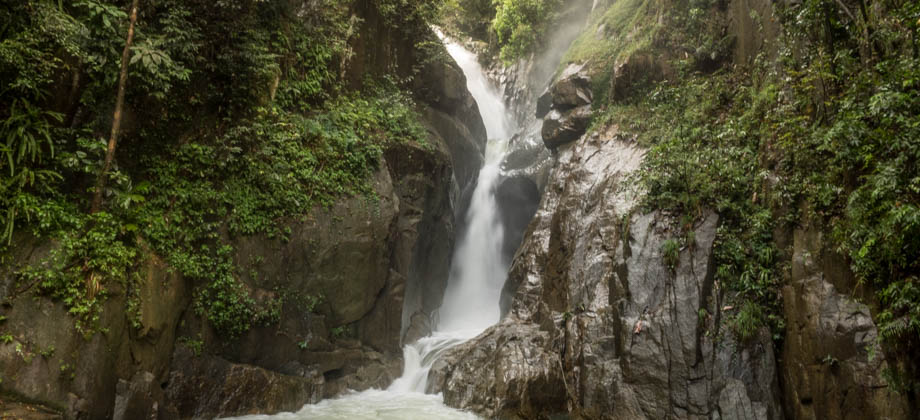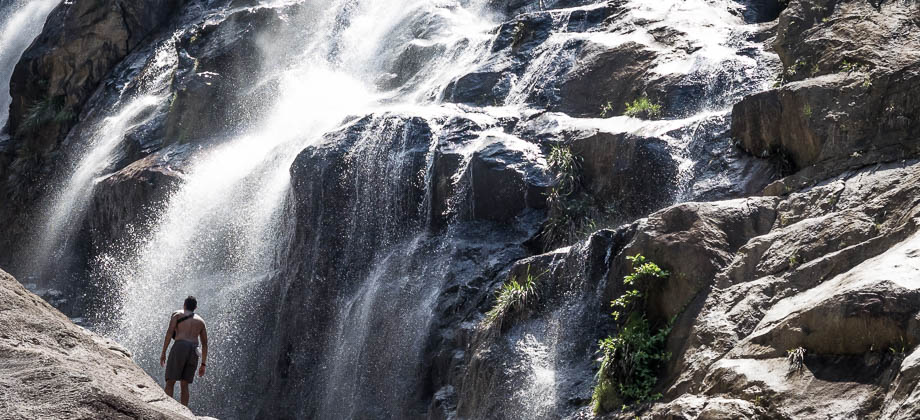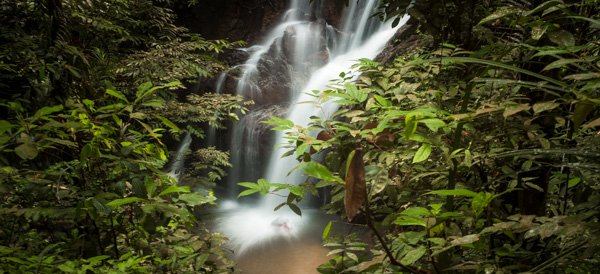Chiling Waterfall
Part 1 : Chiling Fish Sanctuary
Part 2 : Circinate Vernation
Part 3 : Chiling Waterfall
Waterfalls of Malaysia
Chiling Fish Sanctuary
"The Wildlife Crime Hotline, managed by the Malaysian Conservation Alliance for Tigers (MYCAT), provides YOU an avenue to report offences involving endangered wildlife in Malaysia. We protect the identity of all informants, only key info of the reports are forwarded to the authorities."
Emergency Numbers
Wildlife Crime Hotline 019-356 4194 Wildlife Department 1800 885 151 Hulu Selangor Forestry Department 03-6091 613 Selangor Fisheries Department 03-6064 1214 Kuala Kubu Baru Hospital 03-6064 1333 Fraser's Hill Police Station 09-362 2222 Fraser's Hill Health Clinic 09-362 2482 Klinik Desa Bukit Fraser 09-369 7919Getting There
To get to the Chiling Fish Sanctuary, one needs to follow the road that leads north-east towards Frasers Hill for approximately 15 minutes. The entrance to the sanctuary lies beside the road on the right, shortly after passing the Selangor Dam and crossing the Chiling river bridge. There is a carpark just across the road from the entrance, whereas the registration and ticketing booth lies 400 metres in from the entrance, just before the first river crossing. Please bear in mind that the sanctuary is only open from 08:00 to 18:00 from Friday to Sunday.
Difficulty Rating : 1.8 / 10.0 (Class 1 - Extremely Straightforward)

The Trailhead
Once you have registered and paid the MYR1 entrance fee, make your way up and over the bridge and to the trail-head on the other side of the river. There is an immediate left turning almost right after. There are also five other river crossings after this one, but this is the only time where you will actually be crossing a bridge.
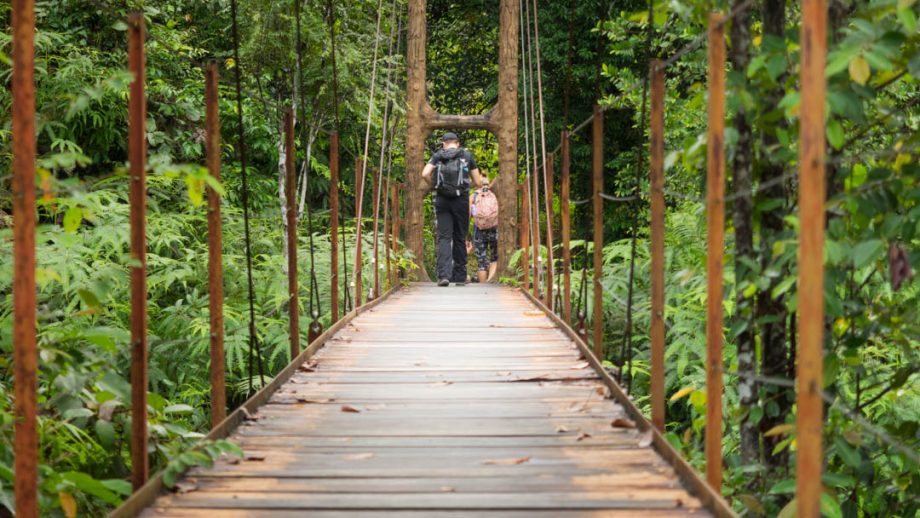
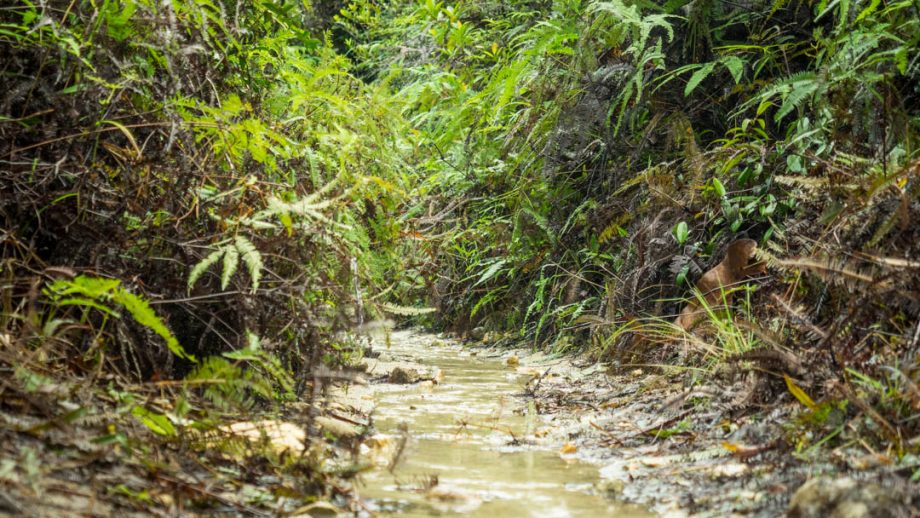
Ferns
The sides of the trails are absolutely brimming with fern fronds, but if you look closely you might spot the occasional pitcher plant (Nepenthes sp.). As you make your way deeper, this frondescence seems to rise up and transforms what was once just a wide lane into a deeply shaded verdure tunnel. Ferns are seedless plants and like moss, use spores to reproduce. Ferns are vascular however, which means that they have tissues that carry water and other nutrients throughout the plant, whereas mosses are non-vascular. As plants, both exhibit alteration of generations: the gametophyte or haploid (n) generation, where spores are dispersed, grow into gametophytes which then form sperm and eggs; and the sporophyte or diploid (2n) generation, which begins after the sperm fertilises the egg to form a zygote. The zygote then goes on to produce sporophytes, which eventually disperse spores when mature.
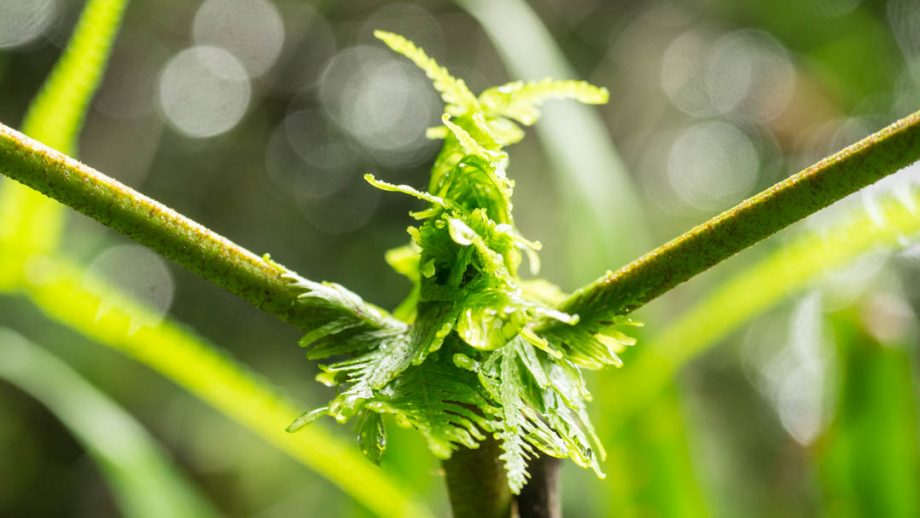
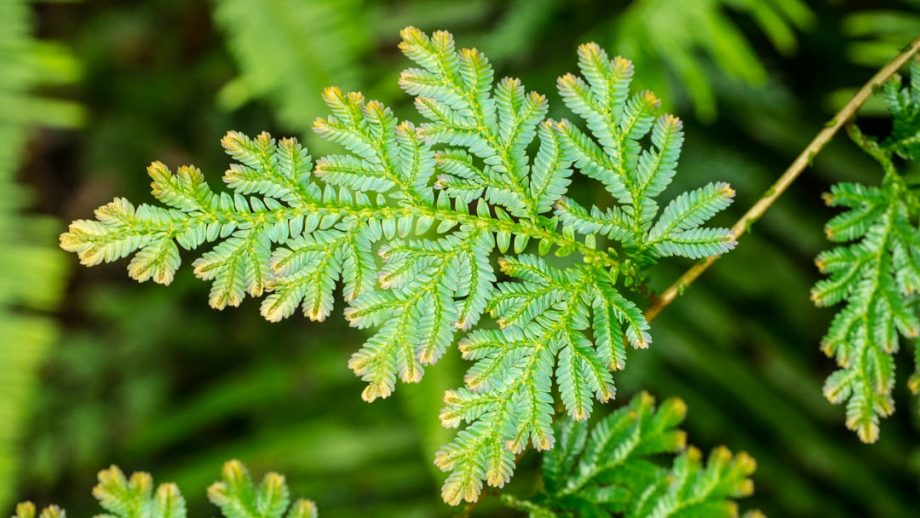
Next : Chiling Waterfall (Part 2)
Waterfalls of Malaysia

